Curious about which foods are highest in biotin?
This B vitamin, also known as vitamin B7, is best known for its beauty benefits for hair, skin, and nails.
It’s also a popular supplement.
So, can you get enough biotin from foods, or can a supplement help you reach your goals faster?
In this article, we’ll explore ten foods highest in biotin plus the benefits of supplementation for stronger and healthier hair, skin, nails, and more.
What is Biotin?
As discussed previously, biotin belongs to the B vitamin family and is also known as vitamin B7.
It is an essential vitamin, meaning the body cannot produce it, so we must obtain it from food and beverages.
It is also water-soluble, which means the body excretes what it doesn’t use, and it doesn’t accumulate like fat-soluble vitamins.
B vitamins are essential for various aspects of health, including promoting energy, cognitive function, metabolic health, reproductive health, hormonal balance, and much more.
Biotin specifically helps promote:
- Cellular function
- Gene regulation and epigenetics (how genes are expressed or not expressed)
- Skin, hair, and nail growth and health
- Energy production
- Cellular health
- Blood sugar balance
- Liver health
- Nervous system function
Is Biotin Deficiency Common?
Biotin deficiency is rare, especially in people with a diverse and healthy diet.
However, measuring biotin status presents challenges versus other nutrients like iron based on how it is stored.
Doctors may use blood tests to measure the amount of biotin in white blood cells and urine tests to determine a deficiency.
A person could have a biotin insufficiency due to genetic variations, poor diet, or other lifestyle factors—like pregnancy or alcoholism, which may result in milder symptoms.
Symptoms of biotin deficiency or insufficiency (trending toward deficiency) could include:
- Thinning hair that eventually progresses to full-body hair loss
- Scaly, red rash around body openings such as the eyes, nose, mouth, and perineum
- Pink eye
- Ketolactic acidosis and aciduria (abnormal amounts of acid in urine)
- Seizures
- Skin infections
- Brittle nails
- Neurological, mental, and emotional problems such as depression, lethargy, hallucinations, and paresthesias of the extremities)
- Hypotonia, lethargy, and developmental delay in infants
Although biotin deficiency is rare, people do experience benefits from increasing their intake of biotin—and B-vitamin-rich foods for energy, hair growth, skin health, and more.
How Much Biotin Do You Need in a Day?
As discussed previously, most of us get enough biotin from eating a diverse and healthy diet.
Adults of all genders aged 19 and older require 30 mcg (micrograms) of biotin daily and 35 mcg during lactation.
This chart developed by the Food and Nutrition Board outlines adequate biotin intake needs* for different ages and stages of life:
|
Age |
Male |
Female |
Pregnancy |
Lactation |
|
Birth to 6 months |
5 mcg |
5 mcg |
||
|
7–12 months |
6 mcg |
6 mcg |
||
|
1–3 years |
8 mcg |
8 mcg |
||
|
4–8 years |
12 mcg |
12 mcg |
||
|
9–13 years |
20 mcg |
20 mcg |
||
|
14–18 years |
25 mcg |
25 mcg |
30 mcg |
35 mcg |
|
19+ years |
30 mcg |
30 mcg |
30 mcg |
35 mcg |
*Note: Adequate intakes (AI) differ from recommended daily intakes (RDAs), and no RDA is set for biotin.
RDAs are the average daily level of intake sufficient to meet the requirements of 97%-98% of healthy individuals.
Adequate Intake (AI) is the level assumed to ensure nutritional adequacy; it is established when evidence is insufficient to develop an RDA.
This suggests there is much more to learn about how much biotin people need to function optimally.
10 Source Foods Highest in Biotin
Most people can get all the biotin and other nutrients they need from a diverse diet.
However, it helps to know which foods are highest in biotin so you can plan accordingly based on your health goals.
The following are the top ten best food sources of biotin.
1. Egg yolks or whole eggs, well cooked
A large egg yolk contains almost 8 mcg of biotin, making up 26% of the recommended adequate intake.
However, there’s a catch!
Egg white contains a protein called avidin, which binds to biotin, inhibiting absorption.
Fortunately, cooking eliminates this problem, especially if the eggs are well cooked, such as hard boiled, over-hard, or scrambled.
2. Organ Meats
Organ meats aren’t generally popular among younger generations. However, they are chock-full of vitamins and minerals, including biotin.
Thanks to the traditional foods movement, you can find organ meats, like chicken livers or beef liver at local natural foods stores, butcher shops, or online.
Per the NIH, one 3-oz serving of beef liver contains a whopping 30 mcg of biotin, which accounts for an entire’s day's plus recommended amount.
If you’re new to eating organ meats, look for meat/organ meat blends, which combine lean beef, for example, with some beef liver, which helps offset the taste.
3. Salmon
If you’re looking for a healthy, nutrient-rich source of protein, it’s hard to go wrong with salmon.
Regarding biotin, a can of pink salmon, which usually equals two servings, contains approximately 5 mcg of biotin, or 17% of your recommended adequate intake.
Wild-caught salmon is also a rich source of heart-healthy omega-3 fatty acids.
4. Sunflower Seeds
If you’re looking for a vegan or vegetarian source of biotin, sunflower seeds are an excellent choice.
These nutty seeds are great on salads, in granola, or eaten by the handful and contain 9% of the daily adequate amount.
Sunflower seeds are also a source of omega-6 fatty acids, a good source of plant-based protein, and various vitamins and minerals, including calcium, magnesium, iron, and zinc.
5. Almonds & Mixed Nuts
Almonds are another heart-healthy, plant-based source of biotin, packing in about 5% of your daily value per quarter cup recommended serving.
Other nuts containing biotin include pine nuts, pecans, and walnuts.
All these nuts contain heart-healthy fats and nutrients like vitamin E, omega-3s (walnuts), fiber, and protein.
6. Hamburgers/Ground Meat
Hamburgers aren’t always considered a healthy food (especially with a side of fries, a white bun, and plenty of condiments), however high-quality ground meat can be part of a healthy diet.
Regarding biotin, a 3 oz portion of ground beef contains the 13% daily value of biotin. Increase that to a 6 oz portion, and you’re over a quarter of the way to meeting your daily needs.
Keep in mind, ground meats can also be high in saturated fats.
To mitigate this, choose lean ground meats (90/10) preferably from pasture-raised/grass-fed cows, which tend to have leaner meat than other varieties, and grill or broil for a healthy source of lean protein and biotin.
7. Sweet Potatoes
These sweet, bright orange spuds are considered one of nature’s tastiest superfoods, and a favorite among health-conscious individuals.
Sweet potatoes are a great source of beta carotene, fiber, and potassium and contain various amounts of minerals.
They’re also a plant-based source of biotin with about 5 mcg of biotin (16% DV) per 1 cup cooked.
Sweet potatoes taste great and are incredibly versatile.
Try them roasted, air-fried, baked, mashed, or pureed and mixed into smoothies, muffins, pancakes, and other baked goods for a nutritional power-up.
8. Tuna
If you love a tuna sandwich or Ahi roll, you’ll rest easy knowing you’re filling up on biotin as well as protein, iron, and other minerals.
Three ounces of canned tuna has approximately 0.5 mcg, or 2%, of your daily biotin intake.
That may not sound like a lot, but pair this with some sweet potatoes and spinach, and you’ve got a nutrient-dense meal with plenty of biotin.
If you’re concerned about heavy metals in tuna, opt for smaller varieties of tuna like skipjack and canned light tuna.
You can also choose brands that test their products and will only sell tuna with very low levels of mercury.
9. Spinach
Spinach provides a wealth of nutrients, including vitamin C, iron, calcium, magnesium, and antioxidants.
It’s also a plant-based source of biotin with approximately 4.2 mcg per 100 grams (about half a cup) for mature cooked spinach, and 1.66 micrograms for baby spinach.
Again, this may not seem like a lot of biotin per serving, spinach is typically consumed, either sauteed, in a salad, or blended into smoothies, in larger amounts than 100 grams or half a cup.
Enjoy this low-calorie, nutrient-dense food often and in quantity to take advantage of its biotin benefits.=
10. Broccoli
Broccoli has always had a reputation as one of the healthiest vegetables because it is dense in various nutrients and cancer-fighting plant compounds called sulforaphane.
Broccoli contains vitamin C, A, and Bs, calcium, iron, magnesium potassium, and 4% of your recommended value of biotin.
If you’re not a fan of steamed broccoli, try roasting or air-frying it, or a raw broccoli slaw with dressing and see if it doesn’t change your mind.
If you’re still not a fan, up your intake of these other biotin-rich foods instead, and try out other sulforaphane-rich cruciferous veggies like cauliflower, brussel sprouts, and kale.
Do You Need a Biotin Supplement?
Although most people’s adequate biotin intakes are met by eating a diverse well-balanced diet, many swear by the benefits of biotin supplements for their hair, skin, and nails.
Emerging research also suggests biotin supplementation may have blood sugar and cholesterol supportive benefits, either alone or paired with chromium picolinate, but more studies are needed.
Is it possible to take too much biotin?
Since biotin is a water-soluble vitamin (meaning, the body easily excretes what it doesn’t use), it is difficult to take too much.
In fact, no upper limits have been established for biotin because there has never been a report of a safety issue. However, discontinue your biotin supplement and speak with your doctor if you notice any side effects, like skin flushing or irritation.
Per the NIH, “Several studies have found no adverse effects of 10–50 mg/day biotin, and up to 200 mg/day oral biotin or 20 mg/day intravenously in patients with biotinidase deficiency do not produce symptoms of toxicity.”
The only known issue with taking very high amounts of biotin is it could skew lab results. So be sure to talk to your doctor or health care practitioner first, especially if you’re having blood work done.
If You’re Looking For A High-Quality Biotin Supplement, Country Life Can Help!
Biotin supplements have gained popularity as more people discover their benefits, especially for hair, skin, and nails.
From pure Biotin supplements to high-potency hair, skin, and nail formulas, Country Life has you covered, with all supplements made in our Certified Gluten-Free and Certified Organic cGMP-compliant manufacturing facilities.
Country Life’s Biotin supplements include:
- Biotin 1000 mcg
- High Potency Biotin 5 mg
- High Potency Biotin 10 mg
- Maxi-Hair®: This certified vegetarian and gluten-free hair-support product contains 2000 mcg of biotin plus MSM(methylsulfonylmethane) L-Methionine (free form) L-Cysteine (as L-cysteine hydrochloride) Horsetail Extract (stem) Inositol PABA (para-aminobenzoic acid).
- Maxi-Hair® Plus Skin & Nails: A pure blend of high-potency biotin (5000 mcg) with other hair-supportive nutrients including vitamin, A, C, E, and B-vitamins, MSM (methylsulfonylmethane), L-Methionine (free form), L-Cysteine (as L-cysteine hydrochloride), Horsetail Extract (stem), PABA (para-aminobenzoic acid), Inositol, Silica, and Calcium Silicate.
- Maxi-Hair® 50 Plus: An all-in-one biotin-based (2500 mcg) hair, skin and nails supplement with clinically studied Cynatine® HNS Soluble Keratin with vitamins and minerals to reduce age-related hair loss and shedding.
To learn more about hair health, check out the following articles:
- Do Hair Supplements Actually Work?
- 6 Vitamins To Enhance Your Beauty Routine
- What Are The Benefits Of Taking Biotin Vitamins?
Sources mentioned in this article:
- “Biotin”. BioFactors (Oxford, England)
- “Biotin Fact Sheet for Health Professionals”. National Institutes of Health Office of Dietary Supplements.
- “Eggs, Grade A, Large, egg yolk”. USDA Food Data Central.
- “Seeds, sunflower seed, kernel, raw.” USDA Food Data Central.
- “Sweet potatoes, orange flesh, without skin, raw.” USDA Food Data Central.
- “Spinach, baby”. USDA Food Data Central.
- “Spinach, mature”. USDA Food Data Central.
- “The green chemoprevention!! Role in cancer prevention and therapy”. J Oral Maxillofac Pathol.
- “Broccoli Consumption and Risk of Cancer: An Updated Systematic Review and Meta-Analysis of Observational Studies”. Nutrients.
- “Broccoli, Raw”. USDA Food Data Central.
- “Survey of the Effect of Biotin on Glycemic Control and Plasma Lipid Concentrations in Type 1 Diabetic Patients in Kermanshah in Iran (2008-2009)”. Oman Medical Journal.
- “Influence of biotin intervention on glycemic control and lipid profile in patients with type 2 diabetes mellitus: A systematic review and meta-analysis”. Front Nutr.
- “The effect of chromium picolinate and biotin supplementation on glycemic control in poorly controlled patients with type 2 diabetes mellitus: a placebo-controlled, double-blinded, randomized trial”. Diabetes Technol Ther.

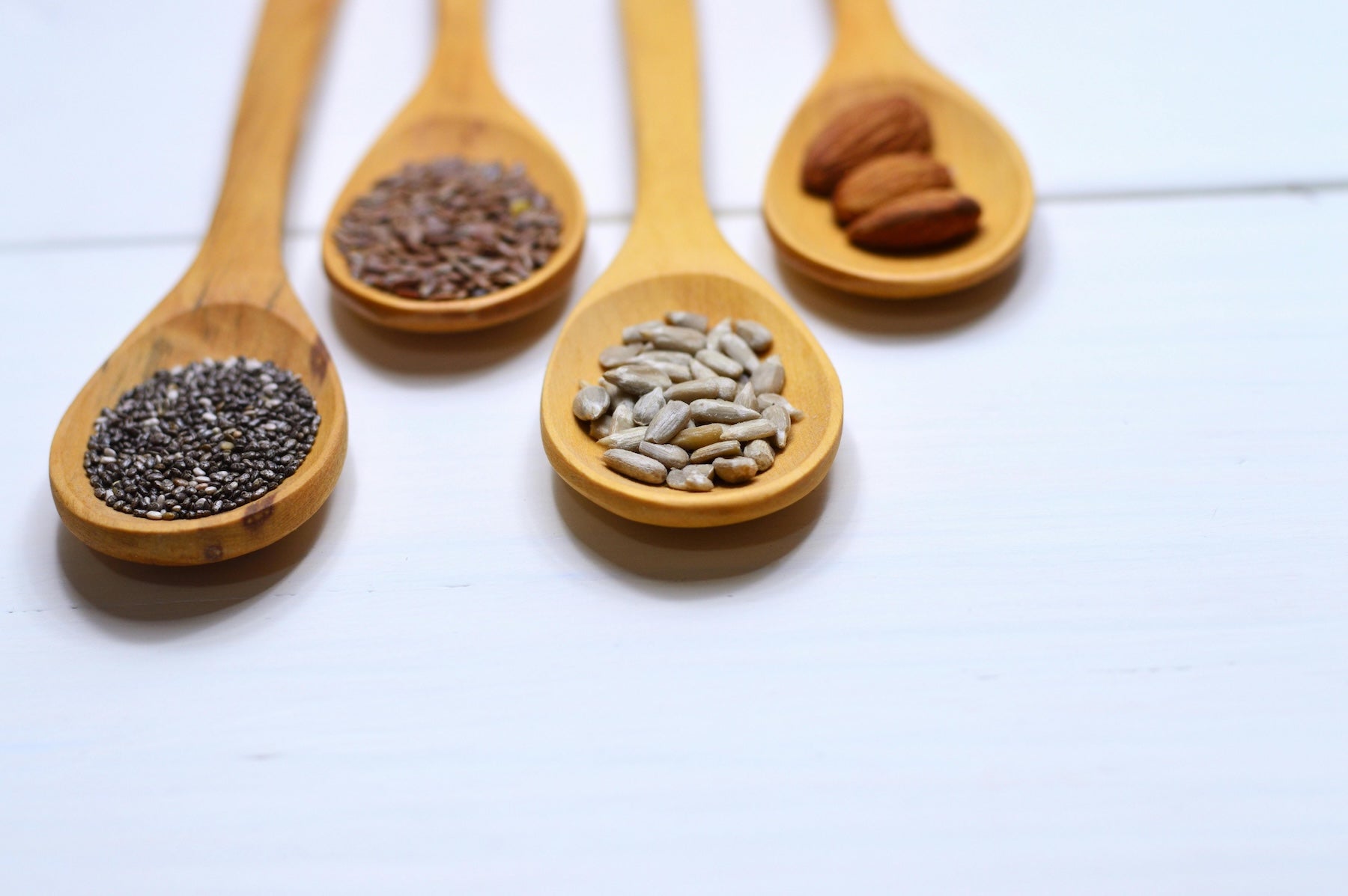
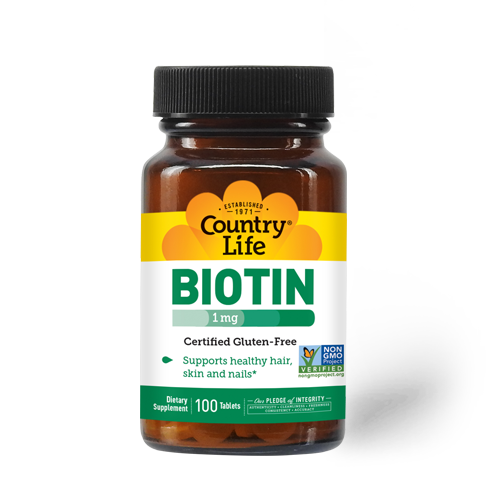
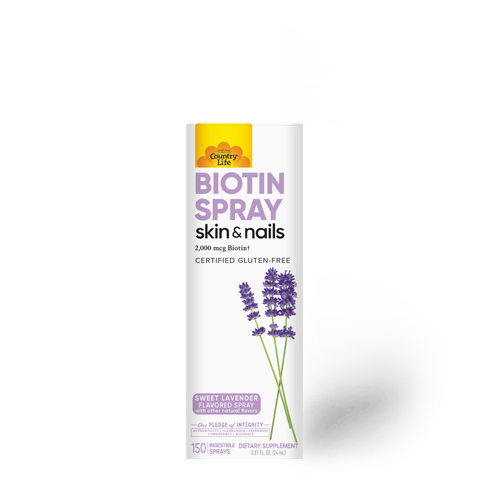
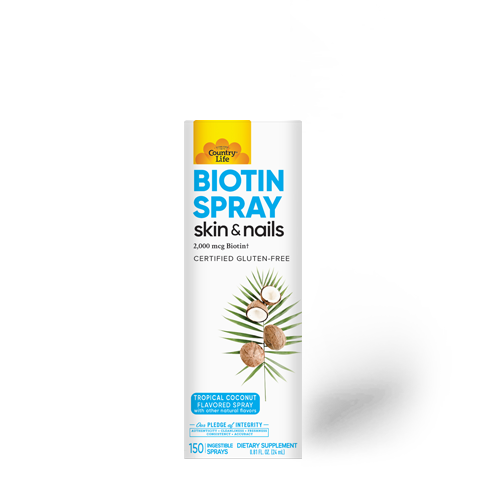
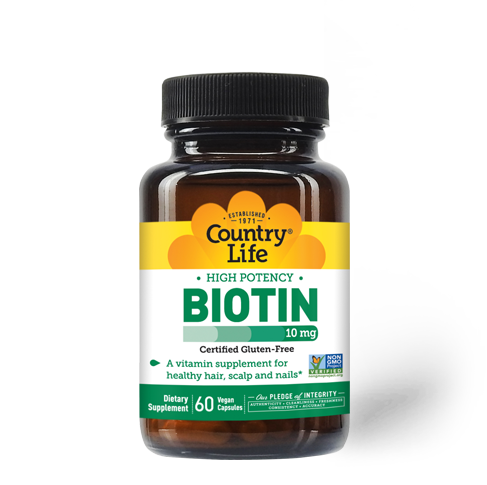
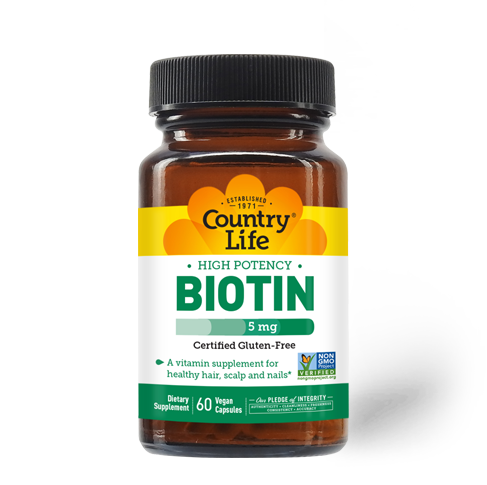
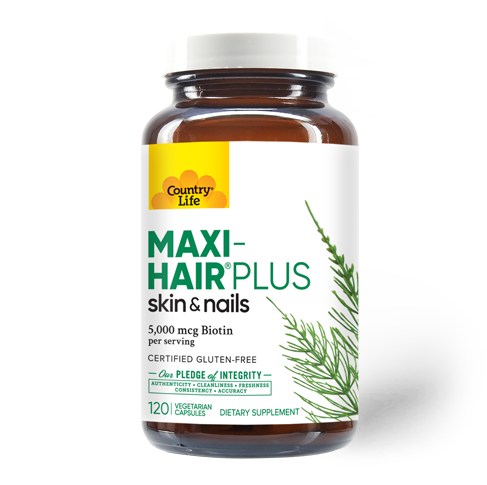
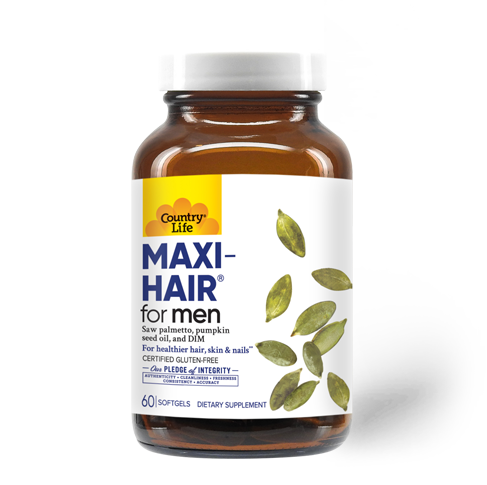
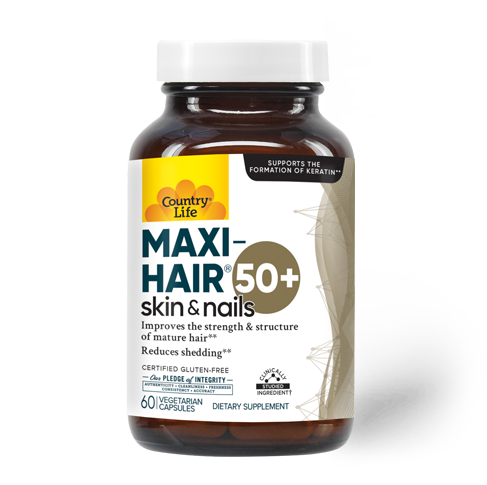
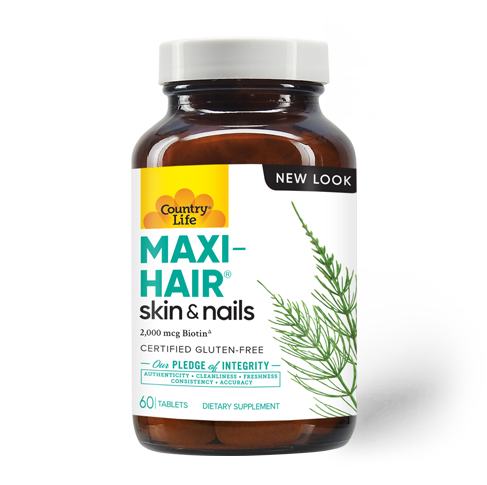
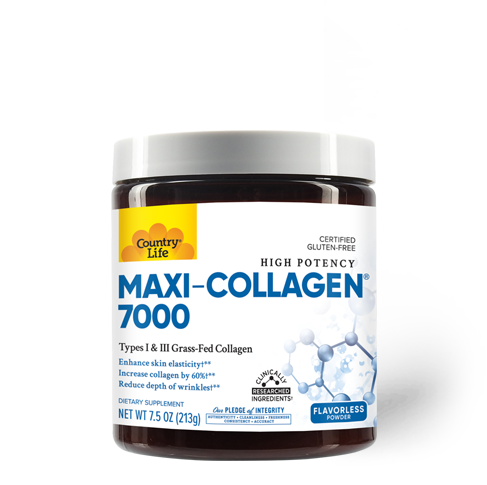










Share:
10+ Benefits Of Zinc For Immunity, Skin, Hormonal Health, & More
What Are The Skin And Overall Health Benefits Of Drinking Water?